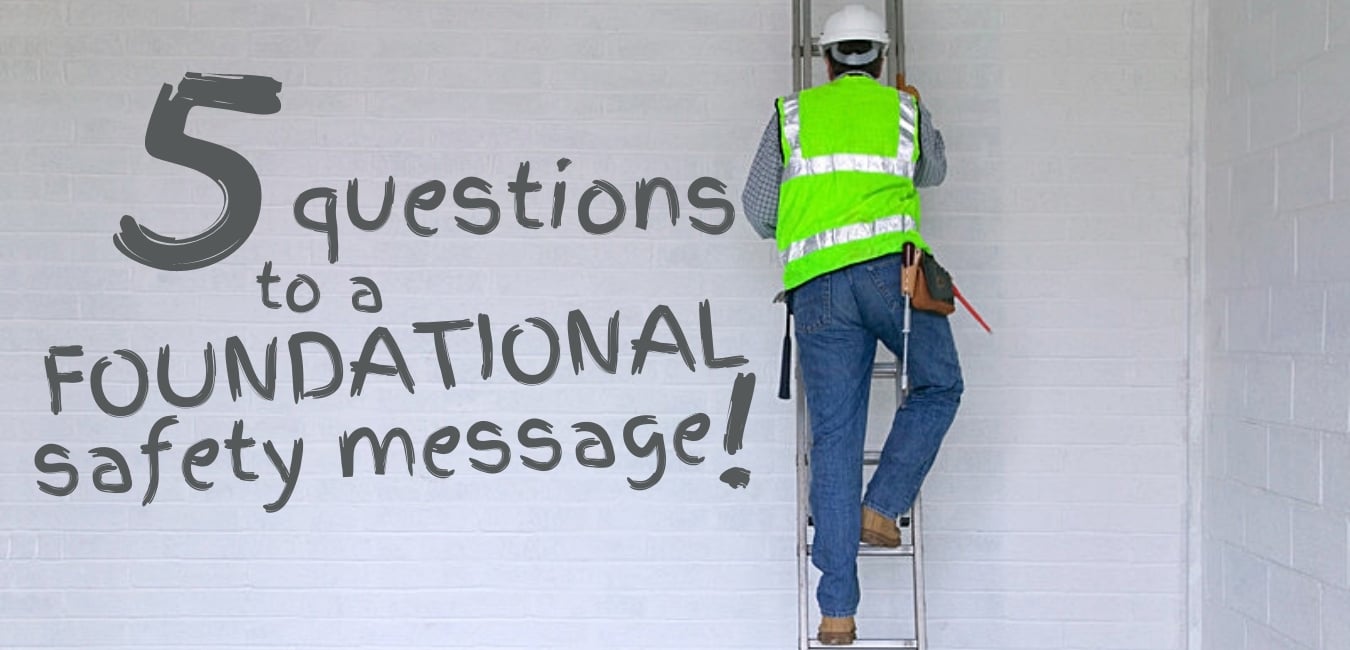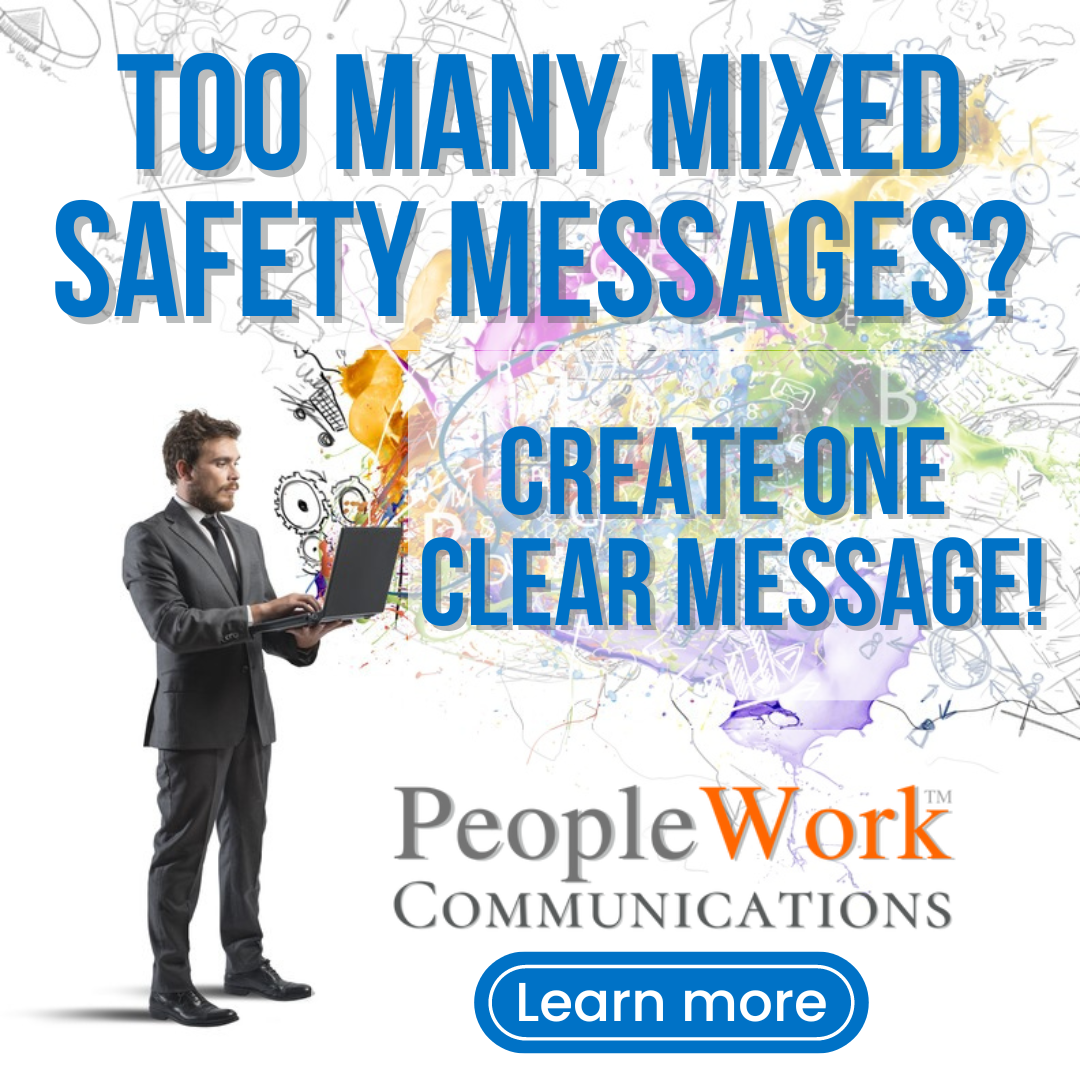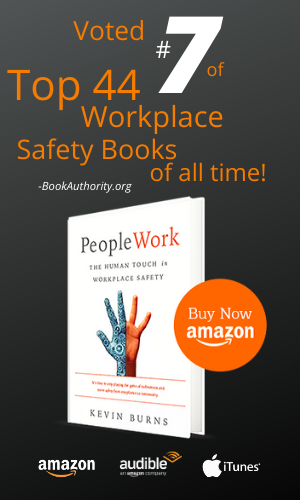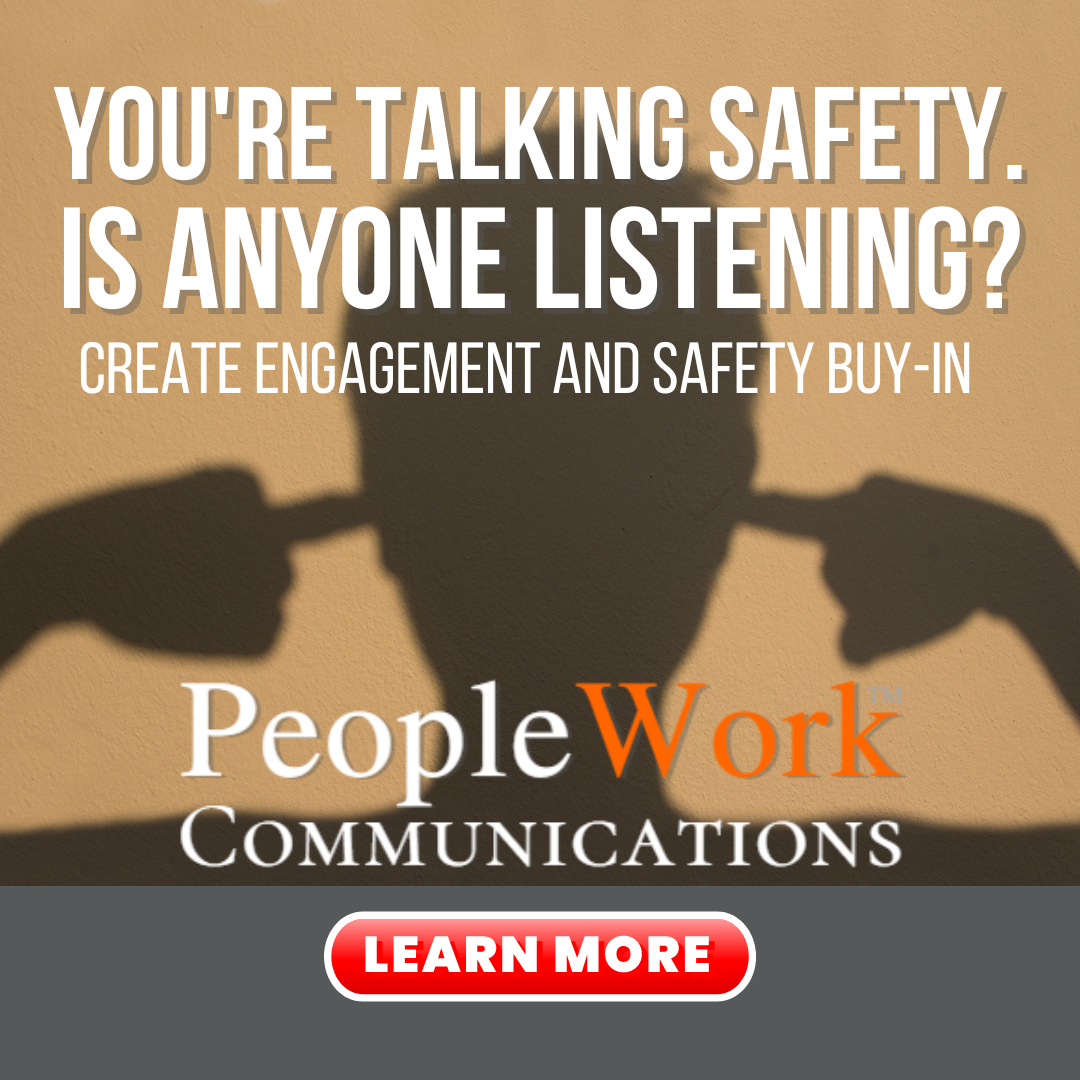5 Questions to A Foundational Safety Message
I ran across another book recently that, on the back cover, suggested that the point of safety was to send people home in the same condition as when they arrived. I shuddered.

Someone muttered that awful send them home safe phrase once and someone else must have thought it was clever. So, they borrowed it and then repeated it to someone else. And that someone must have picked it up and run with it until they had the chance to say it again. Now it's everywhere. And it means nothing.
Suggesting that the point of your safety program is to send your people home in the same condition as when they arrived is simply bad messaging.
Subscribe to a higher standard.
Sending people home safe is the least you are allowed to do by law. You are not allowed to do less than that. It is the bare minimum achievable in any safety program. So, celebrating that you met the bare minimum of safety is no cause for celebration.
Sending people home safe or in the same condition as when they arrived is the expectation – the starting point. It’s not supposed to be the end goal. In fact, employees are expecting to go home safely because they believe that their company has taken every reasonable precaution to make their workplaces safe. After all, that’s the law, isn’t it?
You need a higher standard and a stronger message than that. You need something that your people can get behind, to rally around. Something that creates teamwork.
Invite your people to be part of something that resonates with them. A mission that makes them feel like they’re part of something special. A team that works together to solve a problem or overcome an obstacle.
You’ve been relying too heavily on your deck of PowerPoint slides to communicate safety. And that deck isn’t full of here’s what we need to do solutions. It’s a collection of stats and figures and charts and graphs about how you did last week, last month, last year. And that doesn’t inspire any better performance from your team today, tomorrow and next month.
Numbers don’t inspire. Reviewing procedures don’t inspire. And slide decks don’t inspire or encourage your team to step up and want more for themselves in the performance of their work.
One foundational statement.
You need to simplify and clarify your safety message – one foundational statement that becomes the connection to everything your organization stands for. Besides, you won’t need a slide deck to communicate one foundational message.
Say something that resonates with your people. Say the things that humanize your safety program instead of spitting platitudes and celebrating the bare minimum. It’s tough to get behind meeting the bare minimum. It’s much more fulfilling to create a movement whose intent is to accomplish something greater.
5 questions to start.
In the RYT Program, we get to the foundational message in a more in-depth format, but you can start creating a discussion about foundational messages by gathering your team and answering these five questions.
- What problem or recurring issue do you want your employees to help you solve?
- What is the solution to that problem?
- What will the team’s lives look like if they embrace the solution?
- What do your people need to do next?
- What is the one thing that your team needs to remember?
Once you define the problem, the solution becomes clear. Be very specific with what the problem is. It can’t be just generalities like safety, or wearing PPE, or driving.
Then, once your people can see how their own lives are better by solving the problem, you reduce any resistance to implementing the solution.
Then, follow-up with creating a very specific action step. This is the action you want your team to take next (it can be different actions for different departments).
And once done, you can create the foundational statement that you want everyone to remember.
Answer those five questions and then throw away your slide deck.
Meanwhile, I am happy to take your team through a professional facilitation of the RYT Program. You will save thousands of hours of frustration and reminders and your people will begin to build better buy-in to your safety program.





